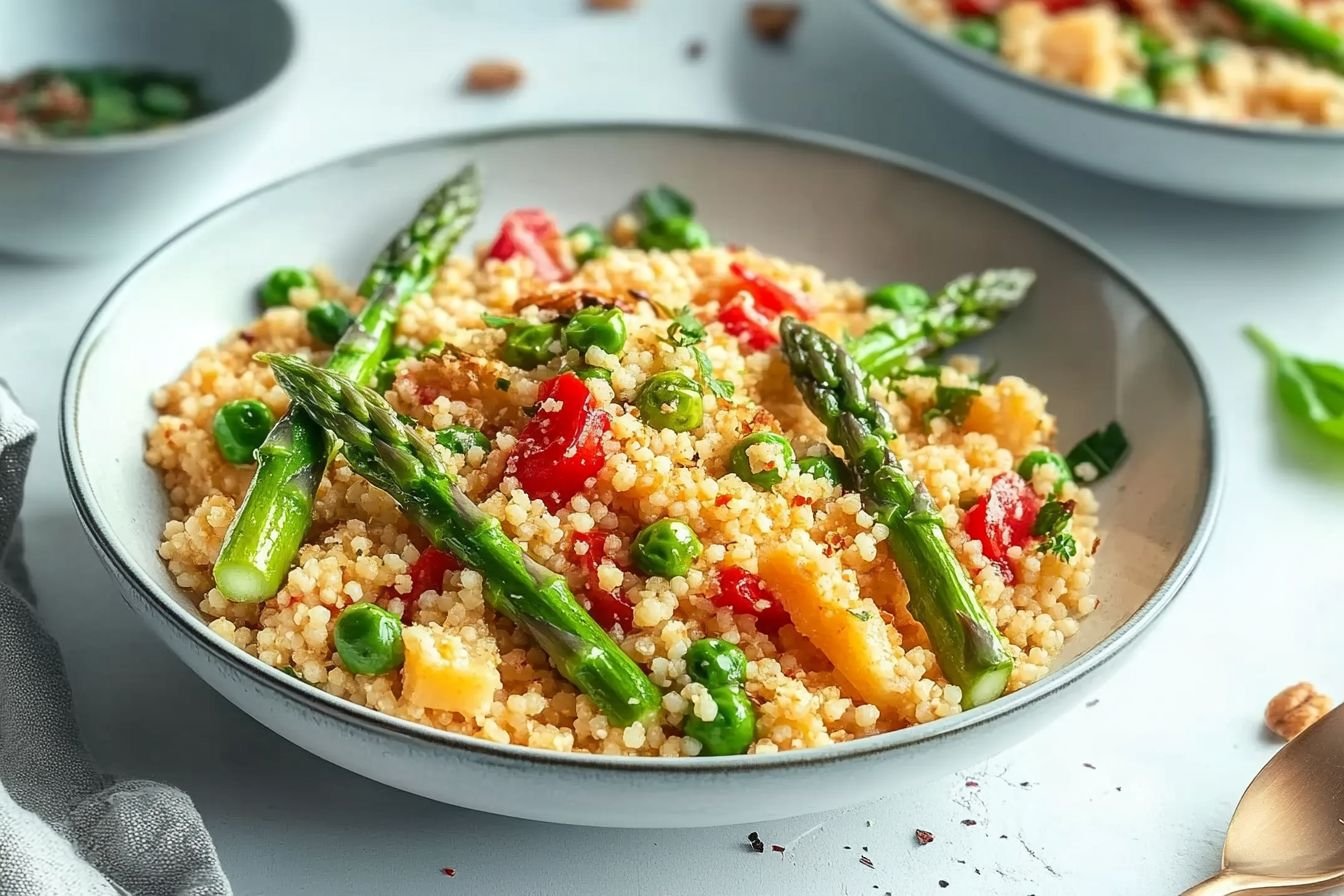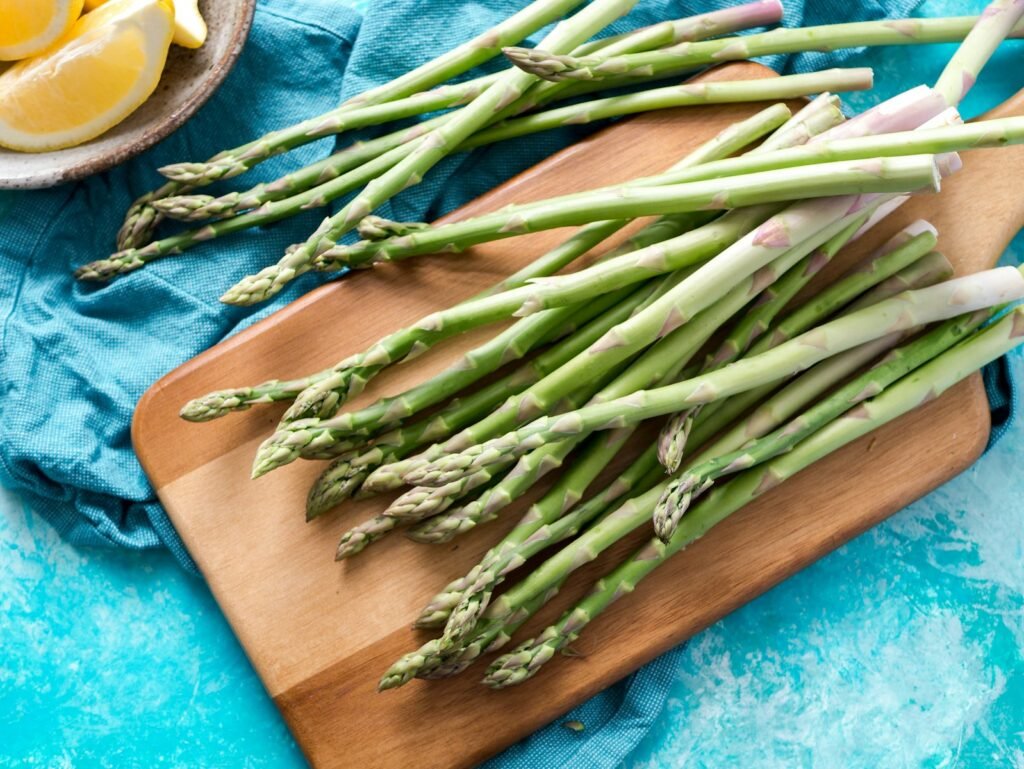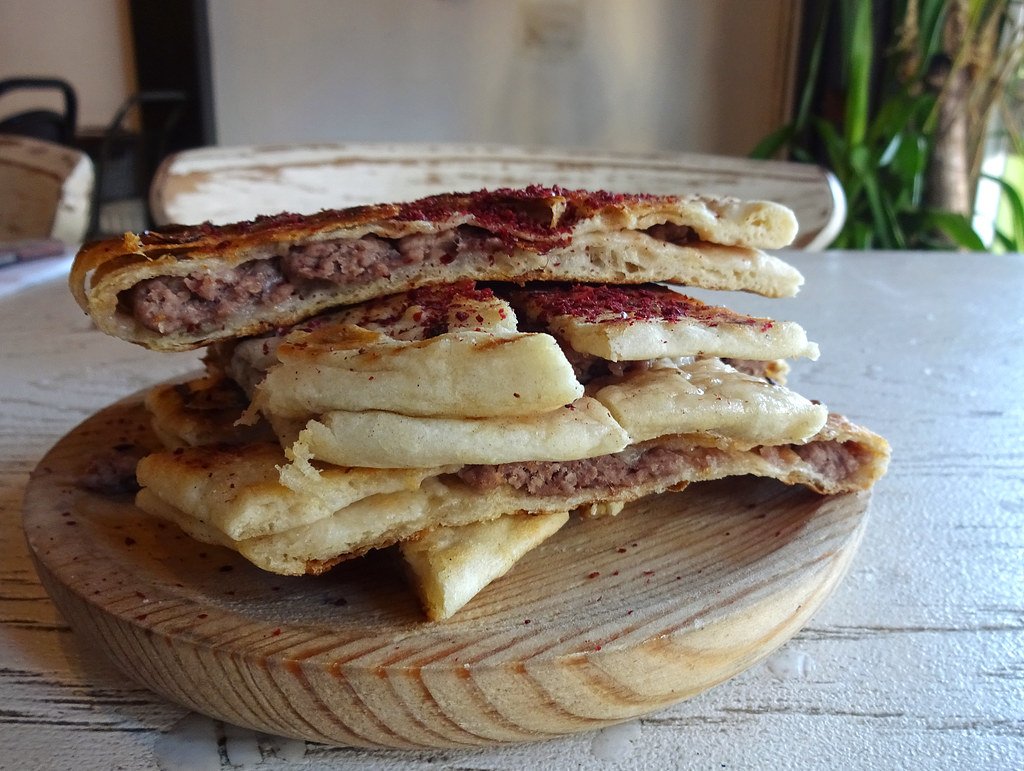Israeli couscous with asparagus creates a delightful dish that combines rich textures and flavors. I love how the tender asparagus pairs perfectly with the chewy couscous, making it satisfying and visually appealing. This dish is an easy way to elevate your meal with simple ingredients: asparagus, olive oil, onion, garlic, chicken broth, salt, couscous, black pepper, red bell pepper, and cashew nuts.
Preparing this meal allows you to enjoy the vibrant taste of fresh vegetables alongside the heartiness of couscous. Asparagus brings its unique flavor, while the cashews add a delightful crunch. With such a straightforward recipe, it’s perfect for both busy weeknights and special gatherings.
What Is Israeli Couscous?
Israeli couscous, also known as pearl couscous, is a type of pasta made from wheat flour. I find it fascinating how its unique texture sets it apart from traditional couscous.
This pasta has small, round grains about the size of a pea. It cooks up fluffy and firm, creating a delightful bite. I appreciate its versatility in various dishes, as it readily absorbs flavors.
Key Features:
- Origin: Developed in Israel in the 1950s.
- Cooking Method: Boils in water or broth, similar to pasta.
- Texture: Chewy and satisfying, unlike finer couscous.
I often use it as a base for salads, side dishes, or soups. It pairs beautifully with vegetables, proteins, and sauces.
Using Israeli couscous in meals adds a delightful twist, and I enjoy experimenting with different ingredients and flavors.
Ingredients:
- 2 cups of water
- 1 3/4 cups of asparagus (cut into 1-inch slices)
- 1 tsp of olive oil
- 1/2 cup of chopped onion
- 2 minced garlic cloves
- 1 1/4 cups of chicken broth
- 1/2 tsp of salt
- 1 cup of Israeli couscous
- 1/2 tsp of ground black pepper
- 1/4 cup of chopped red bell pepper
- 2 tbsp of chopped and lightly salted cashew nuts
How to make Israeli couscous with asparagus?
- To begin, put the asparagus in boiling salted water until crisp-tender (approx. 2 minutes), then shock in ice water for 1 minute to preserve its vibrant green color.
- Next, sauté aromatic vegetables like onion and garlic in a skillet until softened (3 – 4 minutes). Deglaze the pan with chicken broth, then stir in couscous and bring to a boil. Reduce heat, cover, and allow the couscous to absorb the liquid for 5 minutes.
- Finally, combine the cooked asparagus with the couscous, and cook for 3 -5 more minutes. Season with black pepper to taste.
Serving Suggestions
Plating Techniques
When plating, I like to use shallow bowls or wide plates to showcase the texture and colors of the dish. Start by spooning the couscous onto the plate, creating a small mound.
Then, arrange the asparagus on top or around the couscous for a vibrant contrast. Drizzling a little olive oil or a squeeze of lemon juice adds a glossy finish and enhances flavor.
You might also consider garnishing with fresh herbs like parsley or basil for added freshness. A sprinkle of feta cheese can provide a creamy element that complements the dish beautifully.
Accompaniments
Choosing the right accompaniments can enhance the overall experience. I often pair Israeli couscous with grilled chicken for protein, or roasted vegetables for a vegetarian option.
A light salad with arugula, cherry tomatoes, and a lemon vinaigrette makes a refreshing side. If I want to add a bit of crunch, I include toasted pine nuts or almonds.
For a unique twist, serving it with a yogurt sauce on the side offers a creamy contrast. These combinations balance the flavors and make the meal satisfying.
Storage and Reheating
Refrigeration Guidelines
To store this dish, I recommend placing it in an airtight container. This reduces exposure to air and moisture, both of which can impact quality. Ideally, refrigerate it within two hours of cooking to prevent bacterial growth.
I find it’s best to consume the dish within three to four days when stored in the fridge. For keeping track of freshness, label the container with the date. If you don’t plan to eat it soon, consider freezing portions, which can last up to three months. Just be sure to thaw it in the fridge before reheating for optimal results.
Best Practices for Reheating
I prefer to use the stovetop when reheating. I add a splash of water or broth to the pan and heat over medium heat, stirring the couscous frequently to ensure even heating.
Microwaving is another option; I place a serving in a microwave-safe bowl, cover it loosely with a lid, and heat it in 30-second intervals. Remember to stir in between to prevent hot spots. Avoid reheating more than once to maintain quality. Reheated couscous should be fluffy and not dry, so keep an eye on moisture levels throughout the process.
Tips and Tricks for Perfect Israeli Couscous
To achieve the best texture with Israeli couscous, start by toasting it in a dry skillet for a few minutes. This brings out a nutty flavor and enhances its chewiness.
When cooking, use a ratio of 1:1.5 couscous to liquid. I like to use broth for added flavor. Bring the liquid to a boil before adding the couscous.
Let it simmer gently. A cooking time of about 10-12 minutes works well. Stir occasionally to prevent sticking.
Make it colorful and nutritious. I often add sliced vegetables like asparagus, bell peppers, or cherry tomatoes to the pot as it cooks. This boosts both flavor and visual appeal.
Once cooked, fluff the couscous with a fork. This keeps the grains separate and light.
Incorporate herbs and spices for added flavor. Fresh parsley, lemon zest, or a pinch of cumin can elevate the dish.
If I want a creamy texture, I sometimes stir in a bit of olive oil or butter after cooking. This adds richness.
Lastly, serve warm. Israeli couscous pairs beautifully with grilled meats or as a base for salads. Enjoy experimenting with flavors and textures!
Conclusion
Israeli couscous with asparagus offers a delightful blend of textures and flavors. This dish shines as a bright, nutritious option for both lunch and dinner.
I love how easy it is to prepare. The couscous cooks quickly and absorbs flavors beautifully. Fresh asparagus adds a vibrant crunch, enhancing the meal.
Consider pairing it with a drizzle of olive oil and a squeeze of lemon for added brightness. You might also enjoy incorporating other vegetables or proteins to make it your own.
Israeli couscous with asparagus presents endless possibilities. I find it satisfying and perfect for various occasions.
Did you know? This can be a great side dish for grilled arayes kafta.
Interested? Get the recipe now (by clicking the image below):






